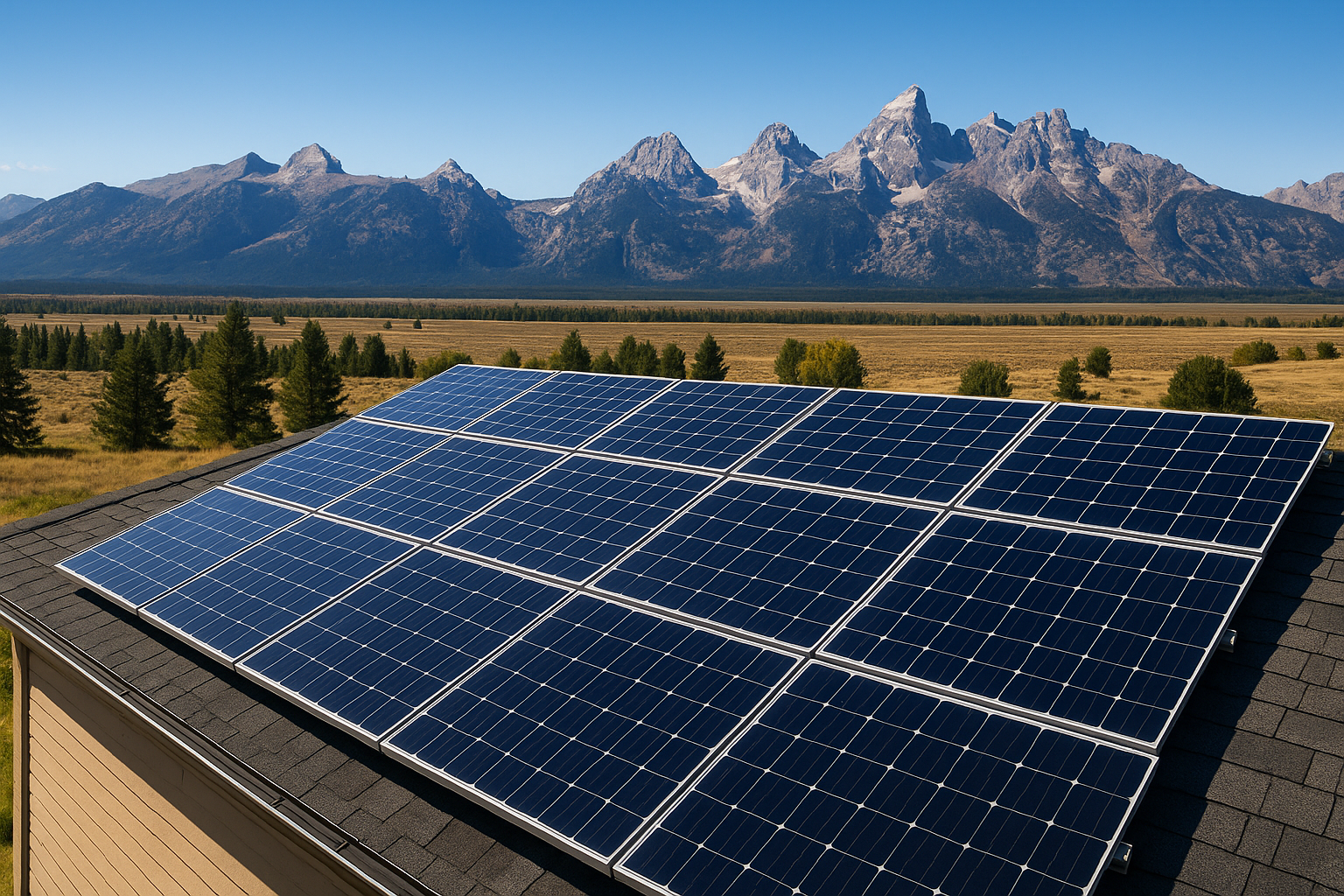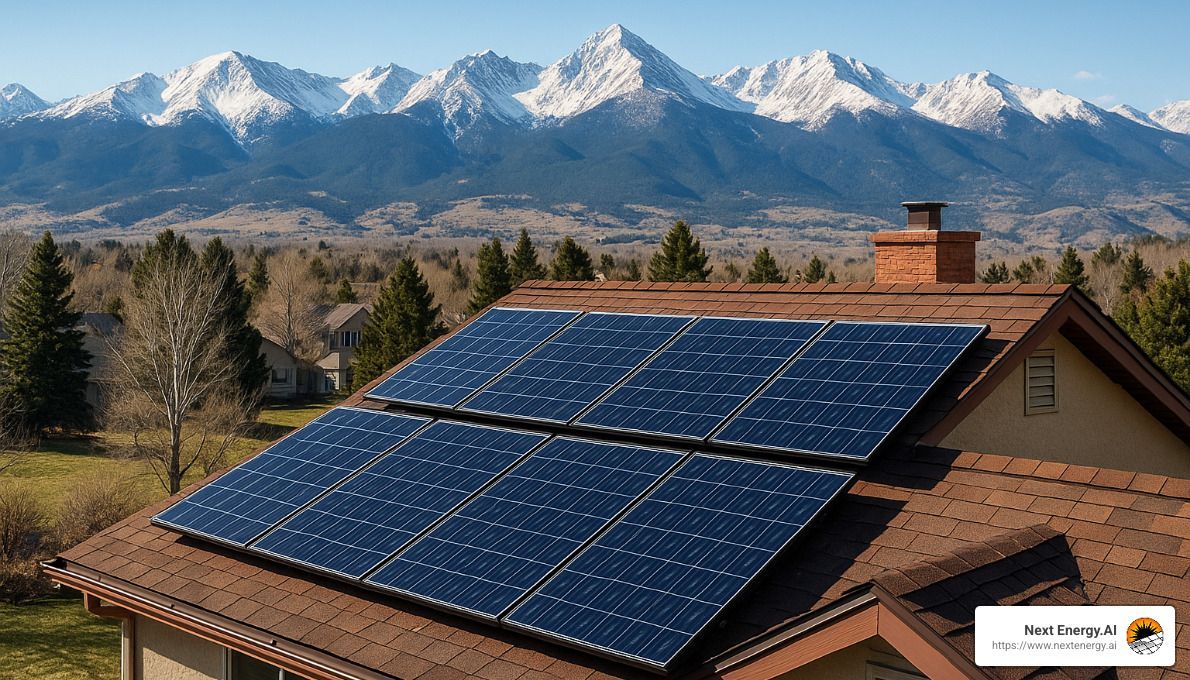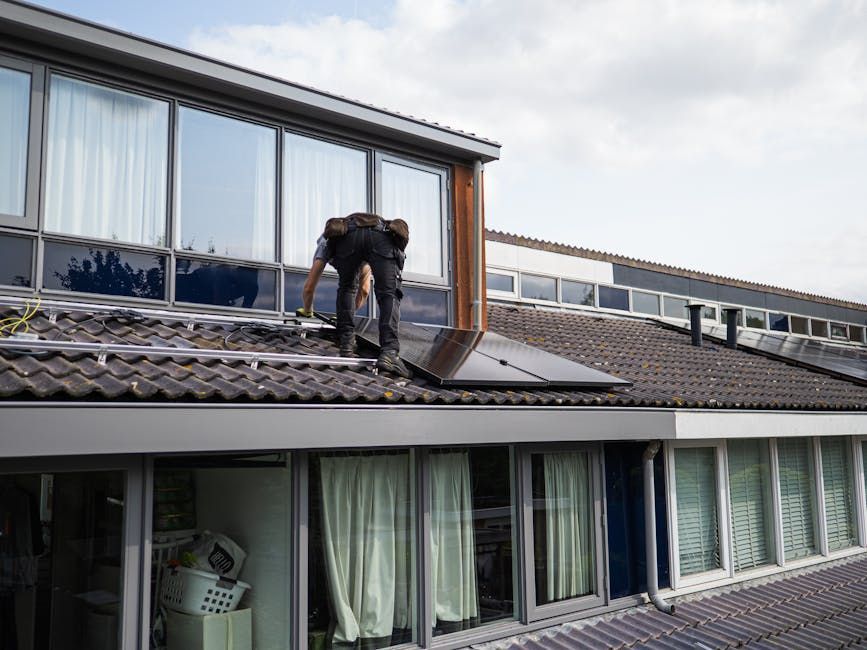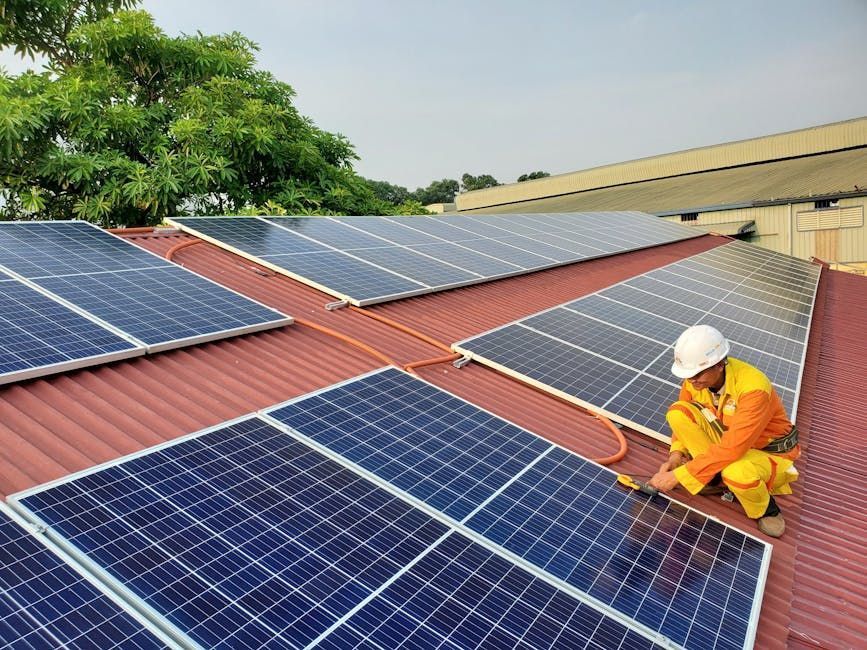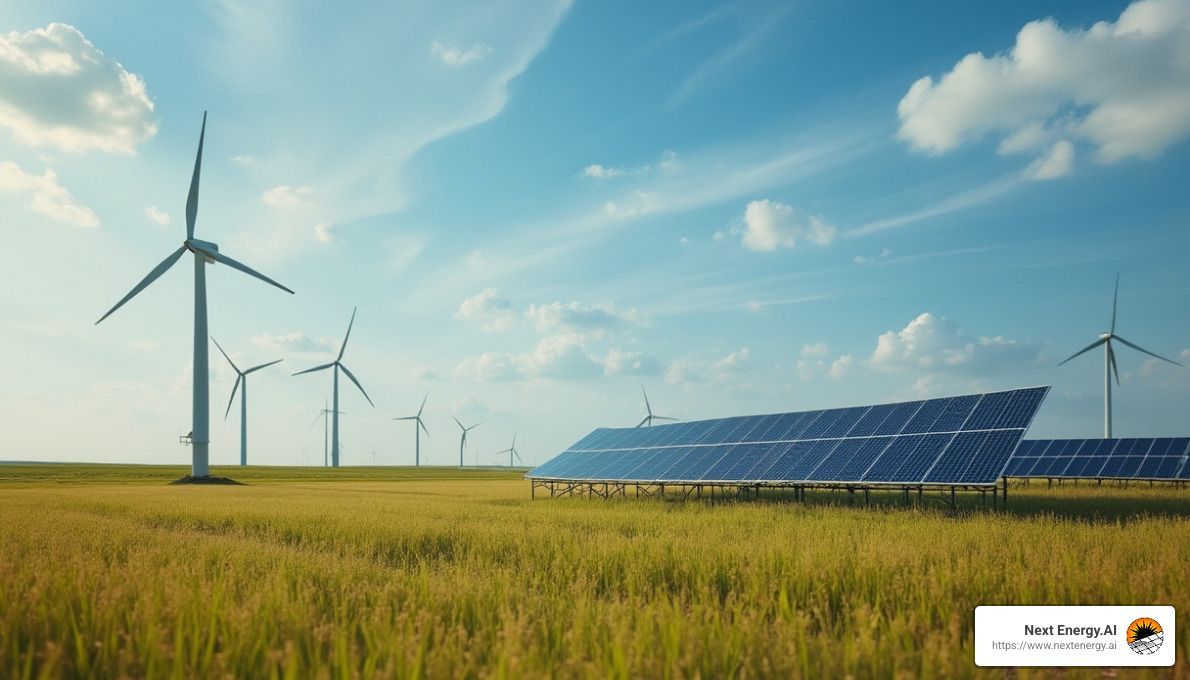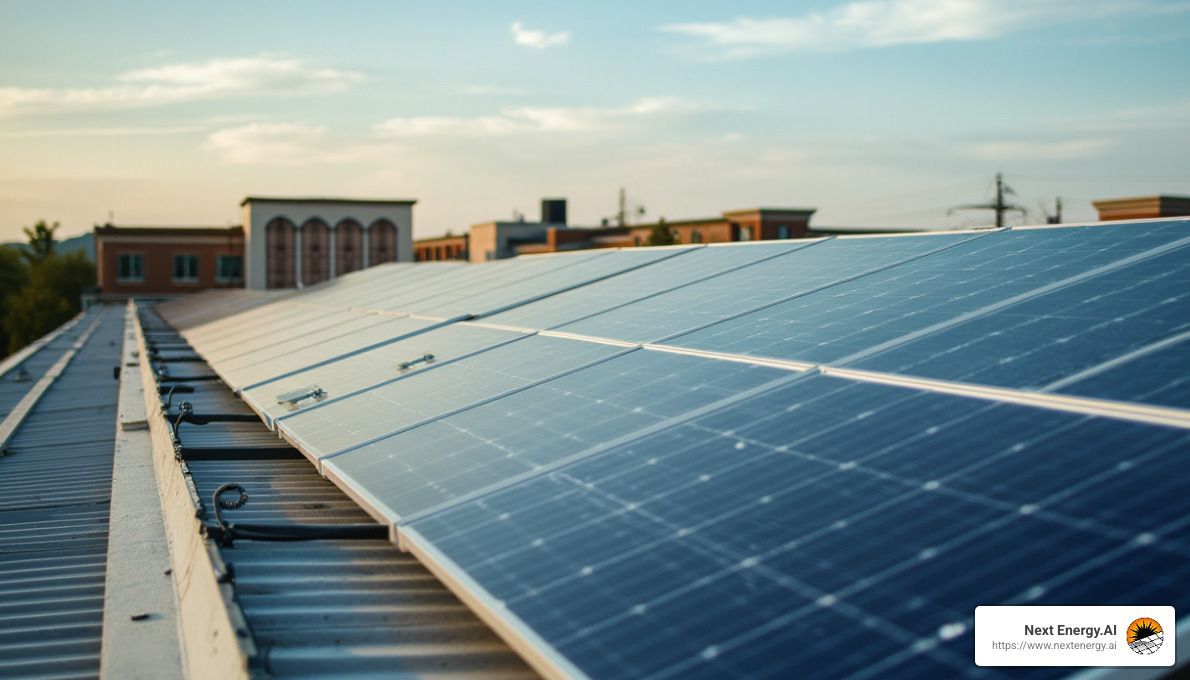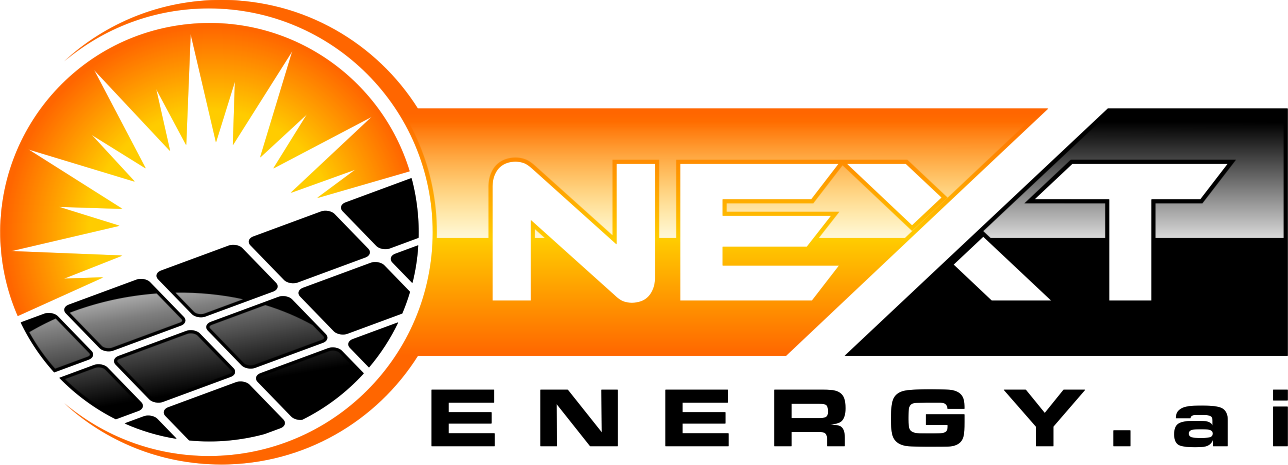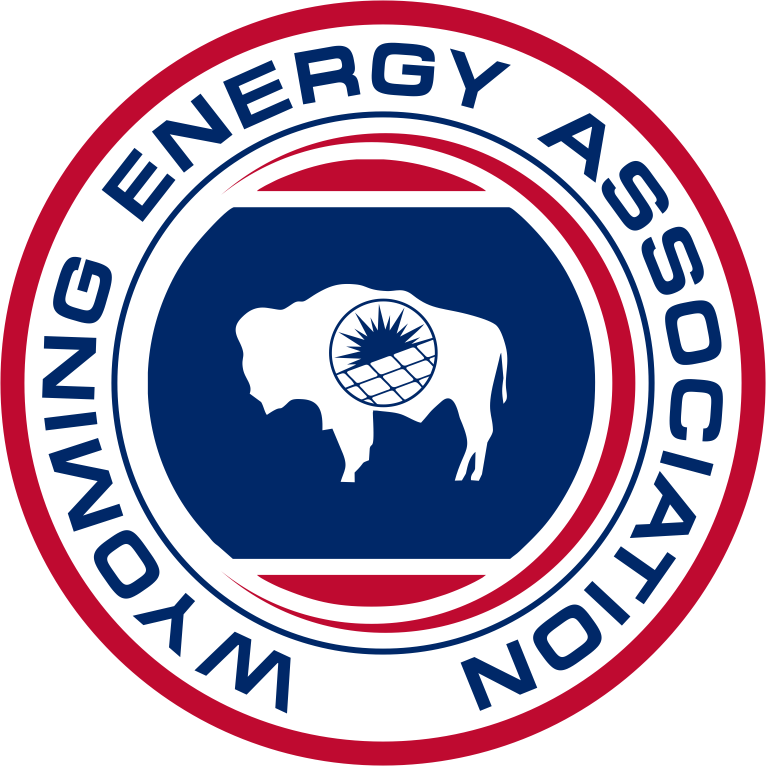What Happens During Solar Installation? Uncover the Details
What Happens During Solar Installation? Uncover the Details
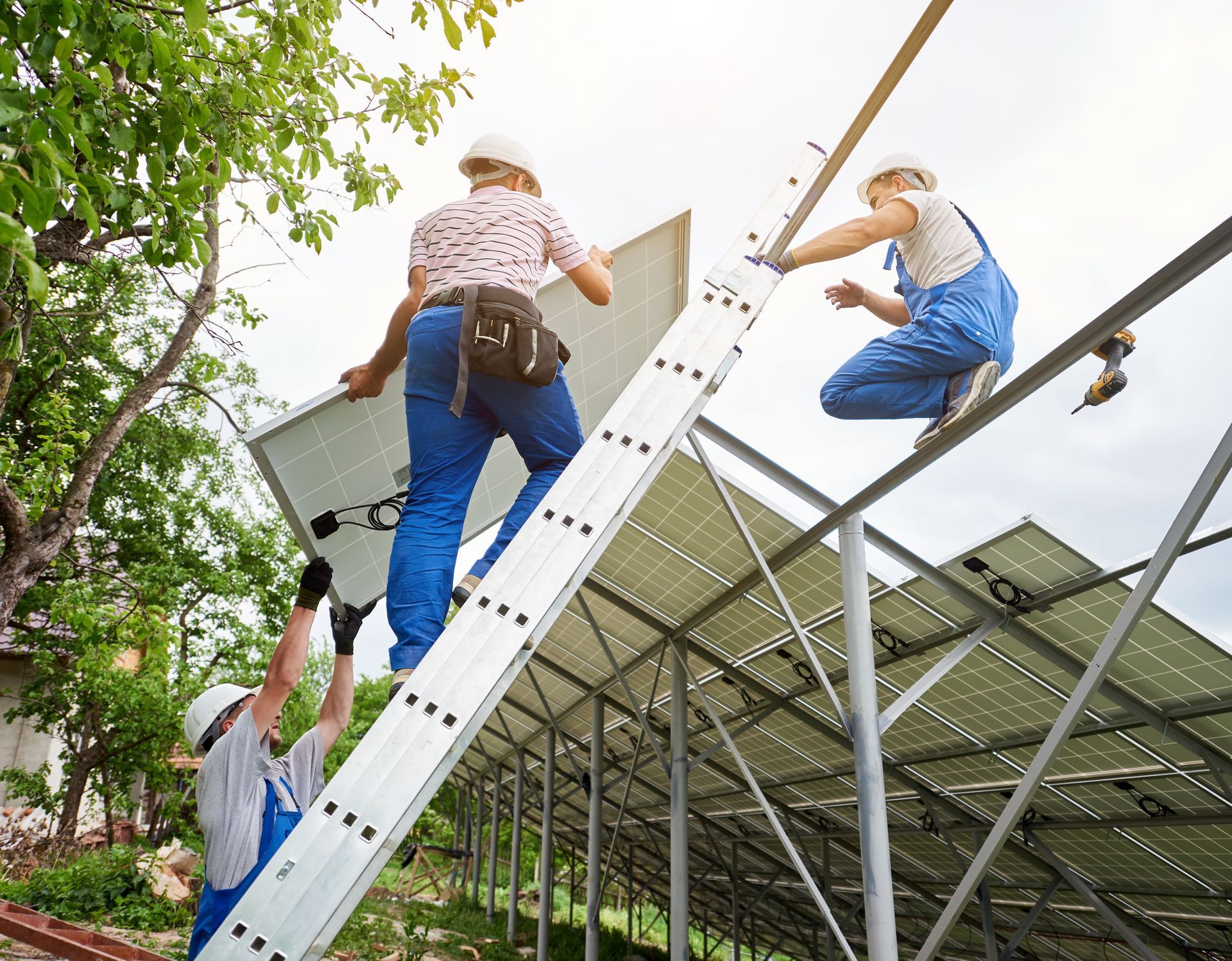
Installing solar panels is an exciting step toward energy independence and sustainability. But if you’re new to renewable energy, you may wonder, What happens during solar installation? Understanding the process can help you feel confident in your decision and ensure a smooth experience.
From preparation to activation, every step plays a critical role in setting up your solar energy system. For homeowners and businesses in Cheyenne, Wyoming, where abundant sunshine offers excellent solar potential, knowing the installation process can help you maximize your investment while accounting for local factors.
Step 1: Pre-Installation Preparation
The solar installation process begins with careful planning and preparation. This stage ensures that your solar system is designed to meet your energy needs and comply with local regulations.
Site Assessment
A technician will visit your property to evaluate its suitability for solar panels. This includes inspecting your roof’s orientation, condition, and sun exposure. In Cheyenne, where high winds and snowfall are common, the assessment will also ensure your roof can support the panels securely under local weather conditions.
Custom System Design
After the site assessment, your solar provider will design a system tailored to your property and energy goals. This includes selecting the right type and number of panels, as well as positioning them for optimal sunlight absorption. This stage typically takes 1-2 weeks to finalize.
Step 2: Obtaining Permits and Approvals
Before installation can proceed, your solar provider must obtain the
necessary permits and approvals. This ensures that your system complies with local building codes and utility regulations.
Navigating Local Requirements
In Cheyenne, solar installations must meet specific requirements to account for environmental factors like wind resistance and snow load. Your solar provider will handle the paperwork and work with local authorities to secure the necessary permits. This step can take 2-4 weeks, depending on the complexity of the project.
Utility Approval
Your utility company must approve your system’s connection to the grid. This ensures that your solar installation integrates seamlessly with existing infrastructure, allowing you to use and even sell excess energy back to the grid.
Step 3: Installing the Solar System
The actual installation process is one of the quickest and most exciting stages. During this phase, the solar panels and associated equipment are mounted and connected.
Panel Installation
Technicians will securely mount the solar panels to your roof or another designated area. In Cheyenne, extra care is taken to ensure the panels can withstand strong winds and snowfall, ensuring long-term durability.
Electrical Wiring
The team will install wiring to connect the panels to your inverter and electrical panel. This step ensures that the energy generated by your panels can be converted into usable electricity for your home or business.
Step 4: Inspection and Testing
After installation, your system must undergo inspections to ensure it meets safety and performance standards.
Final Inspection
A local building inspector will review the system to confirm compliance with codes and regulations. In Cheyenne, this may include verifying the system’s ability to handle seasonal weather conditions like heavy snow.
System Testing
Your solar provider will test the system to ensure everything is working correctly. This includes checking the wiring, inverter, and monitoring system to guarantee optimal performance.
Step 5: Activating Your Solar System
Once the system passes inspection, it’s time to activate your solar panels and start enjoying the benefits of renewable energy.
Utility Interconnection
Your utility company will finalize the interconnection process, allowing your system to feed excess energy into the grid. This is especially beneficial in Cheyenne, where sunny days can result in surplus energy production.
Monitoring Setup
Your provider will help you set up a monitoring system to track your energy production and consumption. This tool ensures you’re maximizing your solar system’s potential and can identify any issues promptly.
Environmental Challenges in Cheyenne
Cheyenne’s climate presents unique challenges and opportunities for solar installations. High winds and heavy snowfall require durable systems designed to withstand extreme weather. However, the city’s abundant sunshine makes it an ideal location for solar energy, providing significant long-term savings and environmental benefits.
How Can Next Energy AI Help You
At Next Energy AI, we specialize in guiding residents of Cheyenne, Wyoming, through every step of the solar installation process. Our team handles everything from site assessments to system activation, ensuring a seamless and efficient experience. With our expertise in local weather conditions and regulations, we design systems built to thrive in Cheyenne’s unique environment.
Visit us at 2401 South Greeley Highway, Cheyenne, Wyoming 82001, or call us at (307) 400-6398 to schedule your consultation today. Let Next Energy AI help you harness the power of the sun and enjoy clean, reliable energy for years to come.



